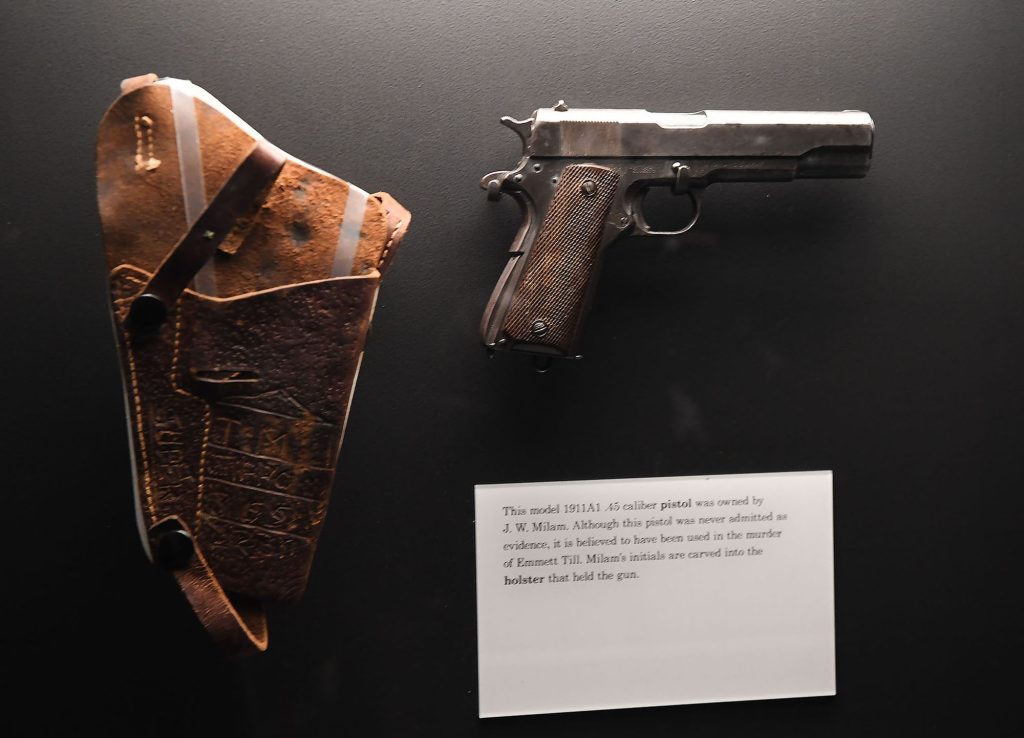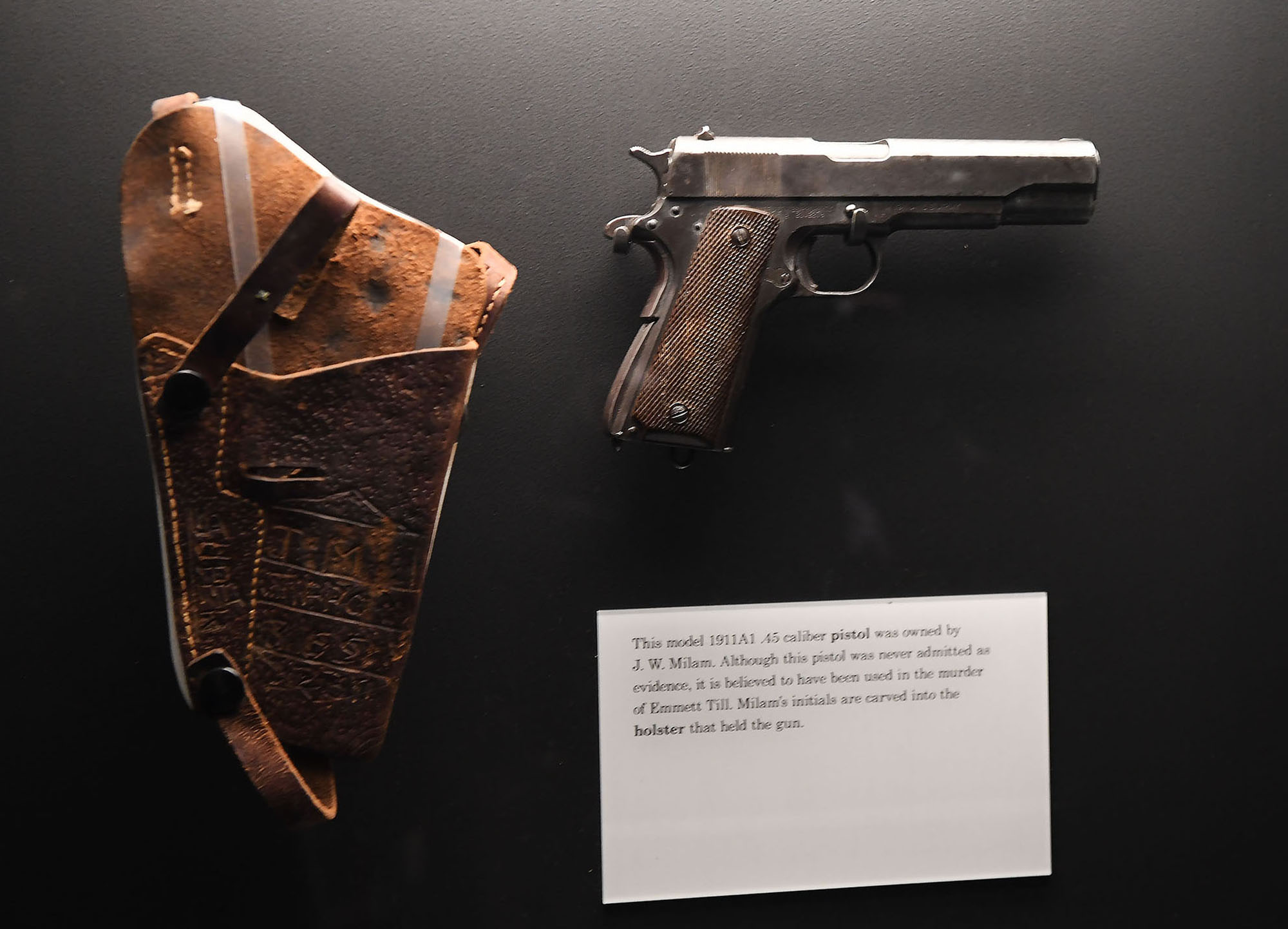
Exhibiting the Gun That Killed Emmett Till: Its Significance and Implications

Understanding the Role of Museums in Historical Narratives
Museums hold a critical place in shaping historical narratives, offering a platform where artifacts tell stories of past events and social developments. The inclusion of controversial objects, such as the gun used in Emmett Till’s murder, sparks extensive debates about the ethical implications and educational value of displaying such pieces.
The gun’s acquisition by the Museum of Mississippi History and the Mississippi Civil Rights Museum has ignited a discourse on how museums should balance their role as preservers of memory and their responsibility towards sensitive representations. The artifact’s presence in a museum can provoke powerful reflections on societal injustices, racial violence, and the continued struggle for civil rights.
The Impact of Emmett Till’s Story
Emmett Till’s murder in 1955 became a catalyst for the Civil Rights Movement, with the brutal nature of his death and the open casket funeral organized by his mother, Mamie Till-Mobley, exposing racial violence to the world. The historical significance of Till’s story highlights the complex interplay between media representation, social justice, and public memory.
Questions of Ethical Exhibition
The ethical considerations surrounding the display of such objects raise several important questions:
– What responsibilities do museums have when displaying objects tied to racial violence?
– How does the exhibition of controversial artifacts contribute to public understanding and empathy?
– In what ways can museums support healing and education without sensationalizing violence?
Fostering Informed Discussions
Museums can serve as spaces for informed discussions and reflections on historical and contemporary issues. By presenting a curated narrative that includes all aspects of the history surrounding artifacts like the gun from Till’s case, museums can encourage visitors to critically engage with the past and its continued relevance.
Ultimately, the decision to display such objects should consider both the potential for educational impact and the sensitivities of those still affected by the legacies of racial violence.